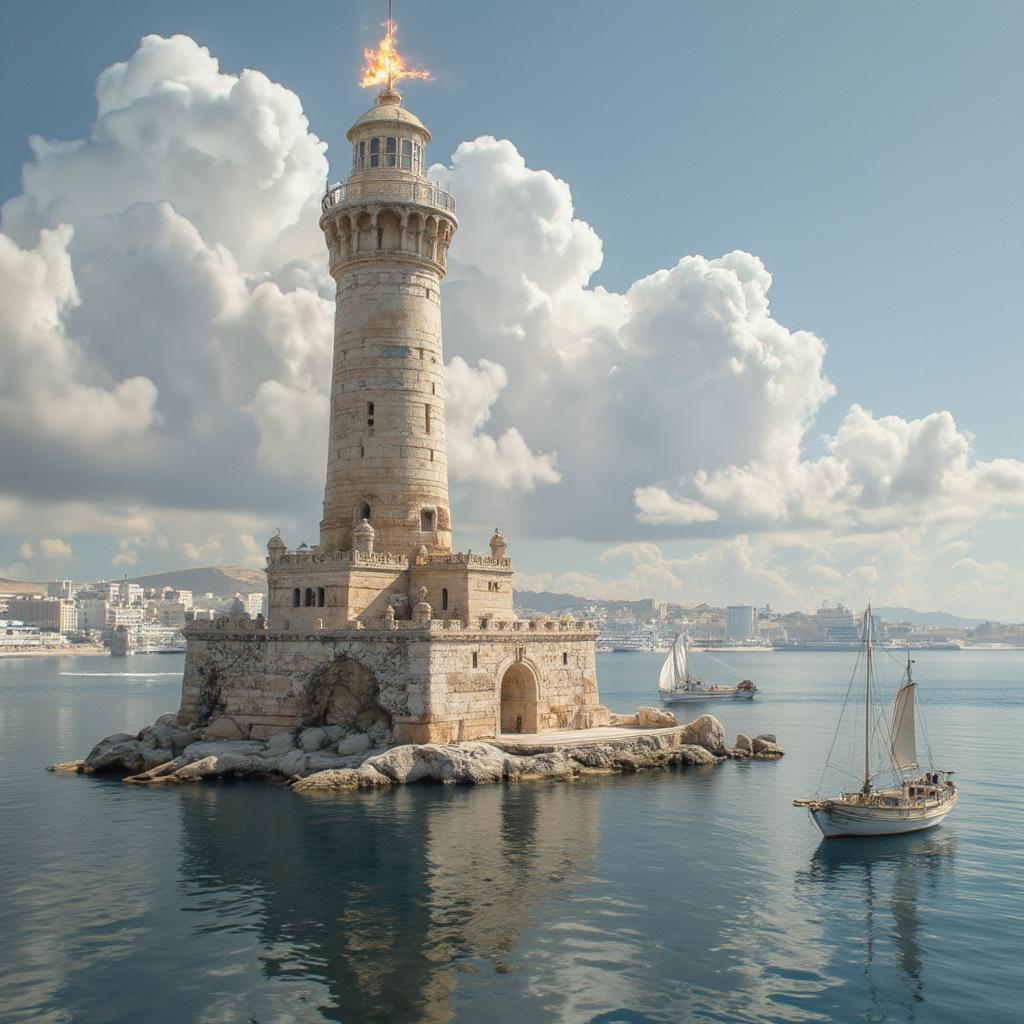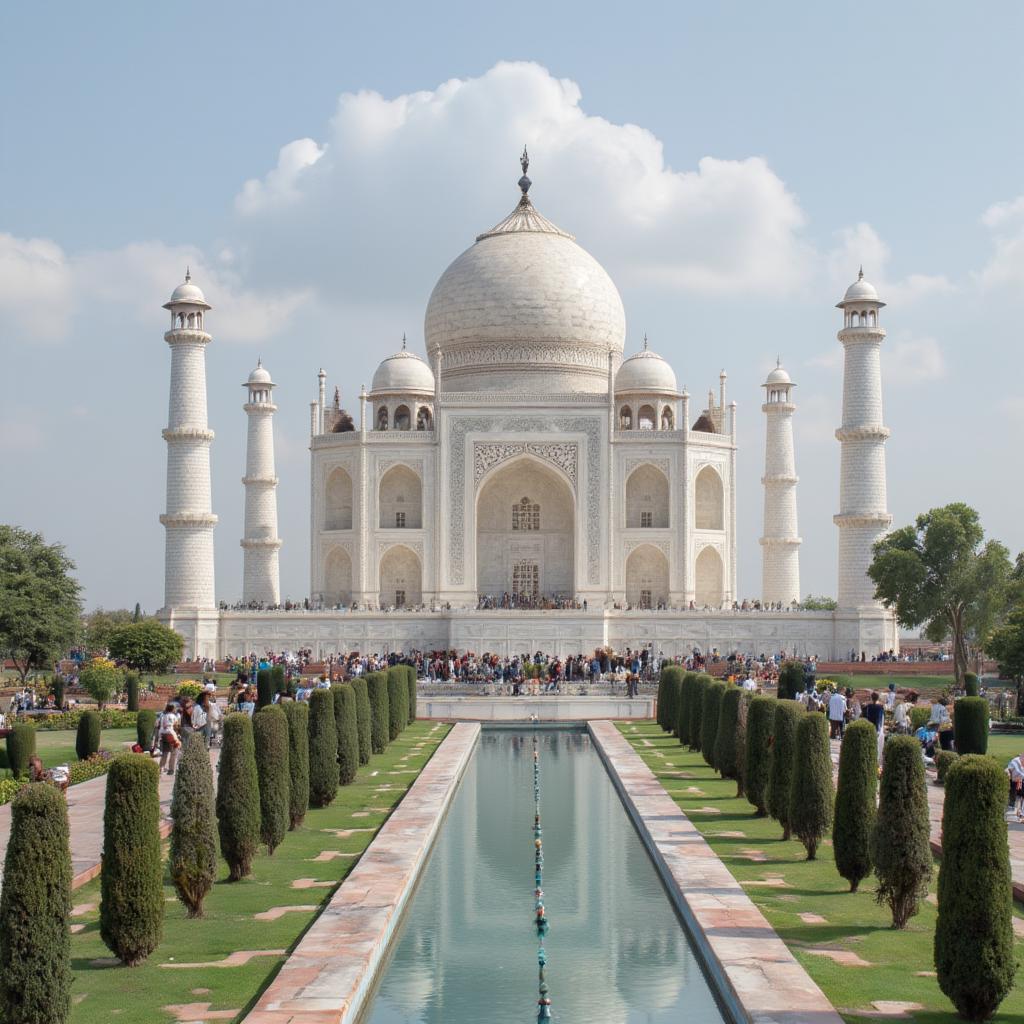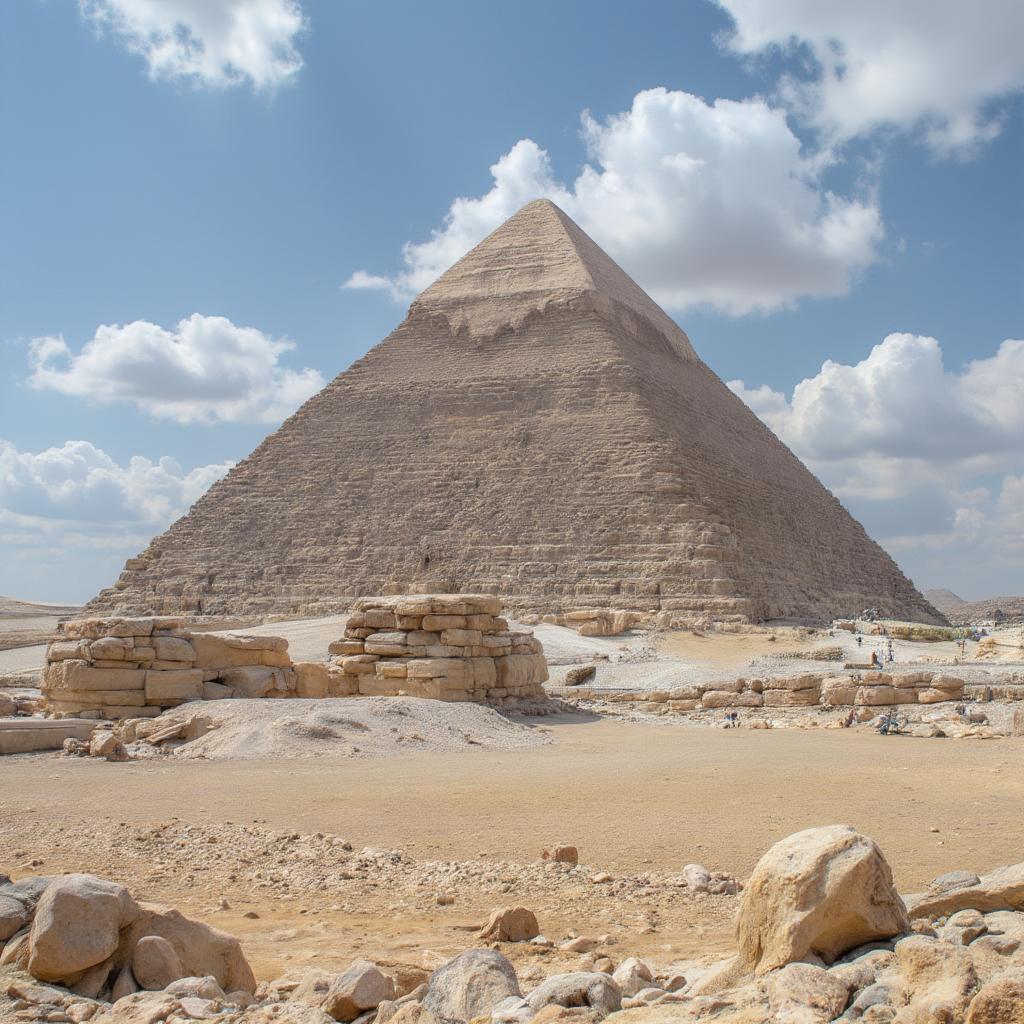Explore the 7 Wonders of the World with Our Printable Guide
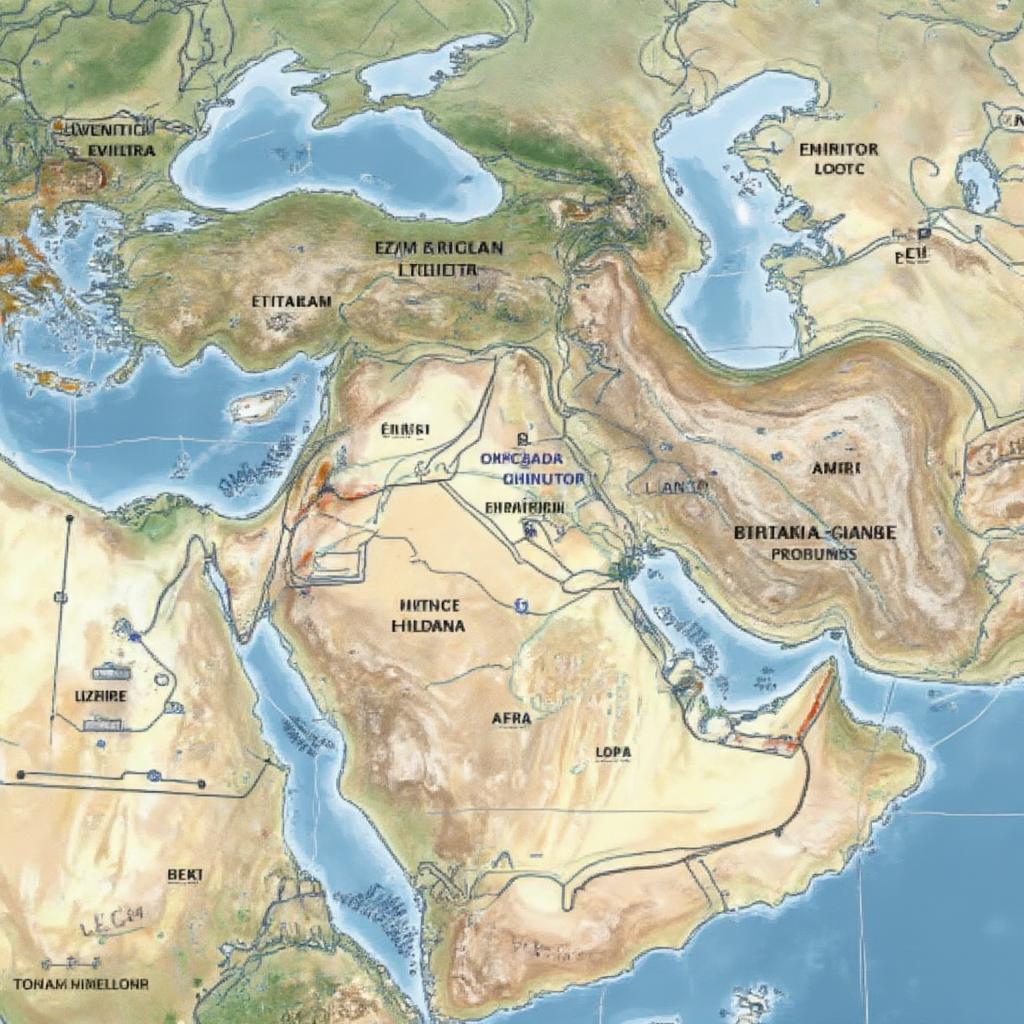
Embark on a captivating journey through history and culture with our exclusive 7 Wonders Of The World Printable guide. This resource is designed to be your companion, allowing you to explore these iconic marvels from the comfort of your home. Prepare to be amazed by the architectural brilliance and historical significance of each wonder.
Discovering the Ancient 7 Wonders of the World
The term “Seven Wonders of the World” has been around for millennia, and it’s always been meant to list the most awe-inspiring man-made structures of the time. The original list, the “Ancient Seven Wonders of the World”, was compiled by ancient Greek historians and writers. These wonders were the epitome of human achievement in the ancient world, each a testament to the ingenuity and artistic skill of its creators. So, what were these remarkable structures? Let’s dive in!
The Great Pyramid of Giza, Egypt
The only one of the ancient wonders still standing today, the Great Pyramid is a truly remarkable feat of engineering. It stands tall as a silent testament to the power and sophistication of ancient Egyptian civilization. It’s a mystery how they did it, but we do know that the massive structure was built as a tomb for the pharaoh Khufu around 2580–2560 BC.
- Location: Giza, Egypt
- Construction: Around 2580–2560 BC
- Purpose: Tomb for Pharaoh Khufu
- Fun fact: For over 3,800 years, the Great Pyramid was the tallest man-made structure in the world.
The Hanging Gardens of Babylon
Legendary gardens said to be a magnificent, tiered paradise of greenery. While the precise location is not certain, historians believe they were located in ancient Babylon (modern-day Iraq). Though no archaeological evidence has been found, the Hanging Gardens remain a fascinating wonder of the ancient world.
- Location: Ancient Babylon (modern-day Iraq)
- Construction: Around 600 BC (estimated)
- Purpose: A royal pleasure garden, possibly a gift
- Fun fact: Its very existence is debated among historians and archaeologists.
The Statue of Zeus at Olympia
A colossal, gold and ivory sculpture of the king of the gods. This wonder was created by the Greek sculptor Phidias in the 5th century BC and was housed in the Temple of Zeus in Olympia. Sadly, the statue no longer exists, having been lost to time.
- Location: Olympia, Greece
- Construction: Around 435 BC
- Purpose: To honor Zeus
- Fun fact: It was approximately 12 meters (40 feet) tall, the equivalent of a four-story building.
The Temple of Artemis at Ephesus
A glorious temple dedicated to the Greek goddess Artemis. The temple was rebuilt several times, and the most magnificent version was completed around 550 BC, in what is today Turkey. Known for its grand scale and beautiful decorations, it was a truly marvelous place to behold. Today, only remnants of the foundations exist.
- Location: Ephesus (modern-day Turkey)
- Construction: Around 550 BC (most magnificent version)
- Purpose: To honor the goddess Artemis
- Fun fact: It was once described as the largest and most elaborate building in the ancient world.
The Mausoleum at Halicarnassus
An elaborate tomb for Mausolus, a satrap in the Persian Empire. This structure was so impressive that the term ‘mausoleum’ was derived from his name. Located in modern-day Turkey, it was built in the 4th century BC. The tomb was a great work of art, with intricate sculptures and a monumental size that awed visitors for centuries.
- Location: Halicarnassus (modern-day Turkey)
- Construction: Around 353-350 BC
- Purpose: Tomb for Mausolus
- Fun fact: It was around 45 meters (148 feet) high and decorated with elaborate sculptures by renowned Greek artists.
The Colossus of Rhodes
A gigantic bronze statue of the sun god Helios, erected on the Greek island of Rhodes. This statue was built in the 3rd century BC and stood tall at the entrance to the harbor. It was destroyed by an earthquake less than a century after its completion, but its legend lived on.
- Location: Rhodes, Greece
- Construction: Around 280 BC
- Purpose: To honor the sun god Helios
- Fun fact: It was one of the tallest statues in the ancient world, estimated to be around 33 meters (108 feet) tall.
The Lighthouse of Alexandria
A towering lighthouse built by the Ptolemaic Kingdom on the island of Pharos in Alexandria, Egypt. This marvel was completed around 280 BC and guided ships safely into the harbor. It was one of the tallest man-made structures of its time and lasted for almost 1,000 years before being destroyed by earthquakes.
- Location: Alexandria, Egypt
- Construction: Around 280 BC
- Purpose: Lighthouse to guide ships
- Fun fact: It was one of the tallest buildings in the world at the time, with an estimated height of 100–140 meters (330-460 feet).

The New7Wonders of the World
With the passage of time, the list of wonders evolved. In 2007, a global poll selected a new list of the “New 7 Wonders of the World”, representing human ingenuity from various cultures around the globe.
The Great Wall of China
An impressive series of fortifications spanning thousands of miles across northern China. Built over centuries, the Great Wall was designed to protect the country from invaders. Its majestic scale and historical significance are truly awe-inspiring.
- Location: China
- Construction: From the 7th century BC to the 17th century AD
- Purpose: To protect China from invaders
- Fun fact: It’s not a single wall, but a series of walls, watchtowers, and other fortifications.
Chichén Itzá, Mexico
A pre-Columbian city built by the Mayan civilization. Located in the Yucatan Peninsula, Chichén Itzá is renowned for its impressive pyramid, El Castillo. The city displays the advanced astronomical and architectural knowledge of the Mayan people.
- Location: Yucatán, Mexico
- Construction: Around 600–900 AD
- Purpose: Mayan city center
- Fun fact: The pyramid El Castillo is aligned perfectly with the equinoxes, with a serpent shadow appearing on its steps.
Christ the Redeemer, Brazil
A massive Art Deco statue of Jesus Christ overlooking the city of Rio de Janeiro. This iconic monument is a symbol of faith and hope for many people worldwide. It stands majestically atop Corcovado Mountain, offering a panoramic view of the city.
- Location: Rio de Janeiro, Brazil
- Construction: 1922-1931
- Purpose: Religious monument
- Fun fact: The statue is made of reinforced concrete and soapstone and weighs 635 metric tons.
The Colosseum, Italy
An ancient amphitheater located in the heart of Rome. Built during the Roman Empire, the Colosseum was used for gladiatorial contests and public spectacles. Its grandeur and historical significance remain evident despite the passage of time.
- Location: Rome, Italy
- Construction: Around 70–80 AD
- Purpose: Gladiatorial contests and public spectacles
- Fun fact: It could hold an estimated 50,000 to 80,000 spectators.
Machu Picchu, Peru
A stunning Inca citadel nestled high in the Andes Mountains. Discovered in the early 20th century, Machu Picchu is a breathtaking example of Inca architecture and engineering. Its mystical setting and intricate stonework leave visitors in awe.
- Location: Andes Mountains, Peru
- Construction: Around the 15th century
- Purpose: Inca city
- Fun fact: Its purpose remains somewhat of a mystery to archaeologists and historians.
Petra, Jordan
An ancient city carved into sandstone cliffs. Petra is a hidden jewel of the Middle East, known for its intricate rock-cut architecture and sophisticated water management system. Its dramatic setting and historical significance make it a must-see destination.
- Location: Jordan
- Construction: Around the 6th century BC to the 1st century AD
- Purpose: Ancient city
- Fun fact: It’s known as the “Rose City” due to the color of the sandstone.
Taj Mahal, India
An exquisite ivory-white marble mausoleum located in Agra, India. This architectural masterpiece was built by the Mughal emperor Shah Jahan in memory of his wife, Mumtaz Mahal. Its intricate details, stunning symmetry, and romantic backstory make it an eternal symbol of love.
- Location: Agra, India
- Construction: 1632-1648 AD
- Purpose: Mausoleum for Mumtaz Mahal
- Fun fact: It took approximately 20,000 artisans and craftsmen to build the Taj Mahal.
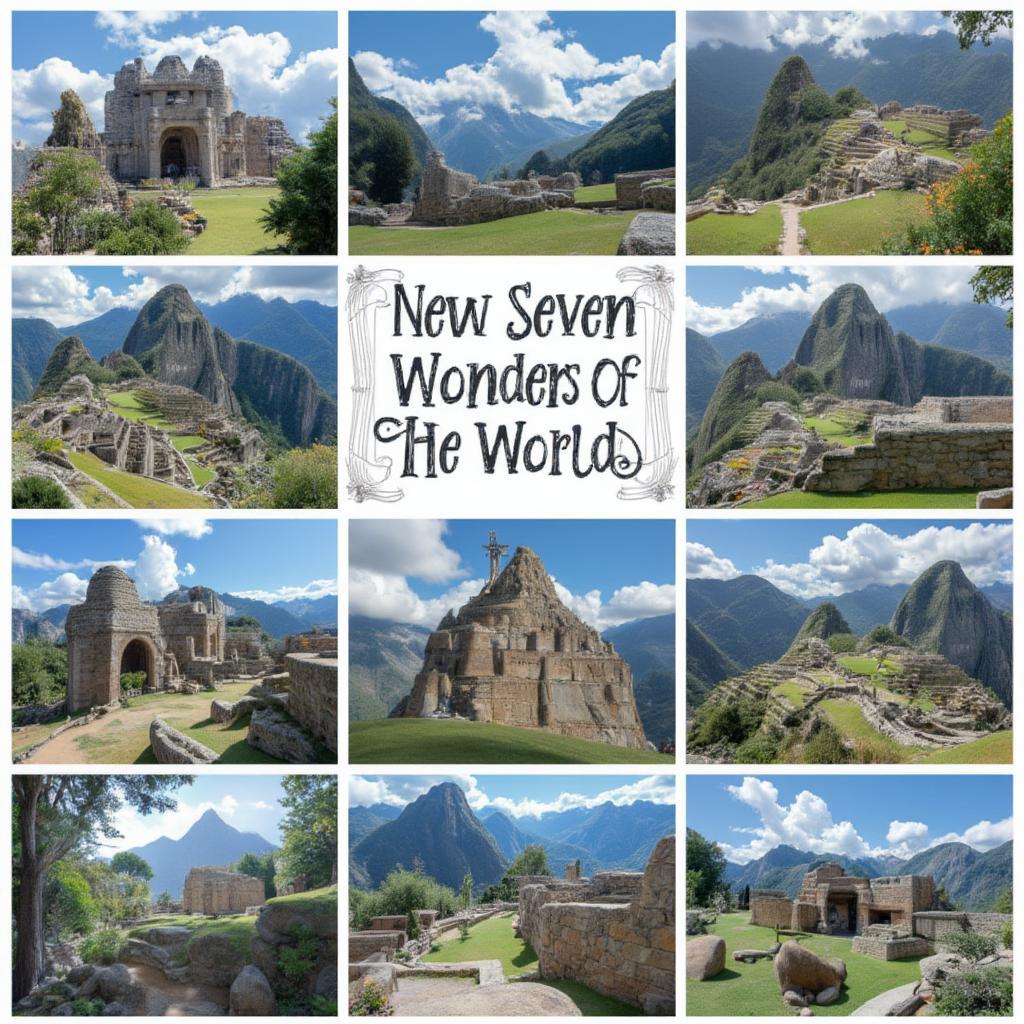
Why a “7 Wonders of the World Printable” Guide?
Our 7 wonders of the world printable guide offers several benefits. It allows you to learn at your own pace, making it ideal for:
- Travel Planning: Use it to plan your own amazing adventures.
- Education: Perfect for students, teachers, and lifelong learners.
- Family Fun: A great resource for family bonding and learning together.
- Decoration: Print the guide and use the images to decorate your study or learning space.
“Exploring the 7 Wonders of the World is not just about seeing magnificent structures, but about understanding the stories and cultures that created them. It’s a journey through human history and ingenuity,” says Dr. Eleanor Vance, a renowned professor of archaeology at the University of Cambridge.
How to Use Your Printable Guide
- Download: Get your free printable guide from our website.
- Print: Print the guide on your preferred paper size and quality.
- Explore: Read the descriptions, admire the images, and delve into the wonders of the world.
- Plan: Use it to plan your bucket list and future travels.
- Share: Share with family, friends, or students to inspire the spirit of discovery.
What’s Included in Our Guide?
Our 7 wonders of the world printable guide is packed with useful information and features:
- Detailed Descriptions: A comprehensive overview of each wonder, including its history, construction, and cultural significance.
- High-Quality Images: Stunning photos of each wonder to bring the marvel to life.
- Fun Facts: Interesting and lesser-known facts to enhance your learning experience.
- Educational Value: Designed to provide a thorough learning experience suitable for all ages.
“The Seven Wonders are a timeless testament to the human capacity for greatness. They bridge cultures and generations,” notes Mr. David Chen, an expert in historical architecture from the University of Hong Kong.
More Ways to Explore the Wonders
Beyond the printable guide, we offer many other resources for your exploration:
- Virtual Tours: Explore the wonders online with interactive virtual tours.
- Blog Posts: Read in-depth articles about each wonder and its history.
- Travel Tips: Find the best travel tips for planning your own visit.
- Documentaries: Watch captivating documentaries for an immersive experience.

Frequently Asked Questions About the 7 Wonders
Why are they called wonders?
The term ‘wonders’ refers to objects that evoke a sense of awe and astonishment. These structures were considered to be extraordinary achievements of human craftsmanship and ingenuity. The term goes back to the ancient Greek who used the word “thaumata” which translated to wonder in English.
What is the difference between the ancient and new wonders?
The ancient wonders were compiled in the ancient world and are primarily concentrated in the Mediterranean and Middle Eastern regions. The new wonders were selected through a global vote in 2007, encompassing various cultures and parts of the world.
Can you visit all 7 wonders?
You certainly can visit all 7 of the new wonders of the world. However, of the 7 ancient wonders, only one, the Great Pyramid of Giza still stands today. Some ancient wonders have very limited ruins to explore. Visiting all 7 new wonders is an amazing goal for any traveler.
“Engaging with these incredible sites gives us a deeper appreciation for the resilience and creativity of our ancestors. The ‘New 7 Wonders’ selection offers us a view of human endeavors in many different settings,” adds Professor Maria Rodriguez, a specialist in world heritage sites at the University of Madrid.
Conclusion: Begin Your Adventure
Our 7 wonders of the world printable guide is your perfect starting point for discovering these amazing landmarks. Whether you’re a student, a traveler, or just curious, our resource is designed to ignite your passion for exploration and learning. So, grab your guide and get ready to be amazed by the timeless marvels of our world. It’s time to embark on a journey of discovery with our guide, and experience the incredible human achievements of the Seven Wonders.


